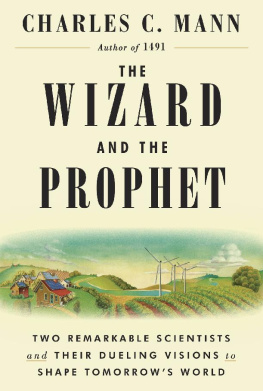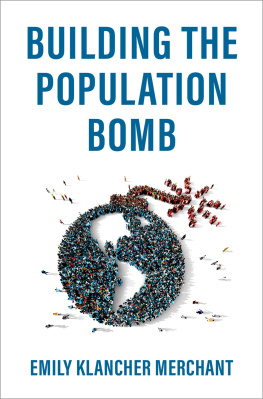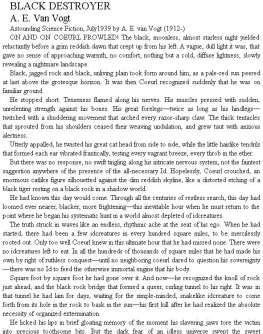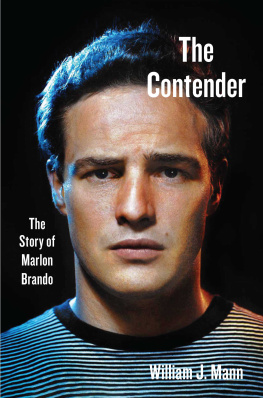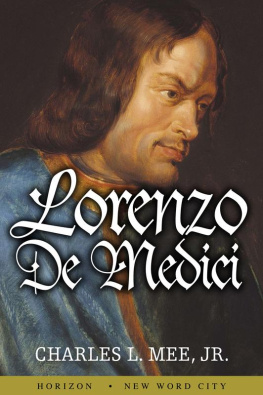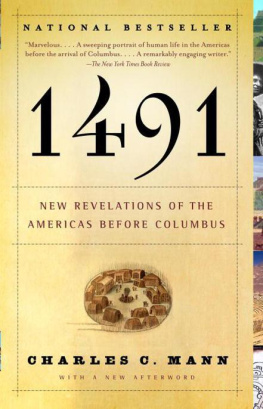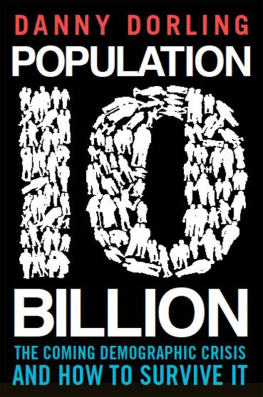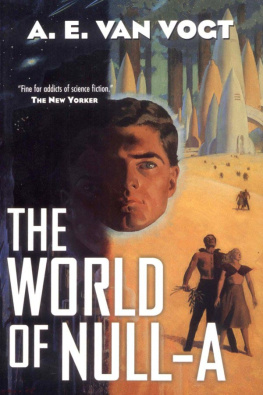Acknowledgments
I began this book by mentioning my daughter. In the interests of fairness and family comity, let me mention that I have two other children whose futures are of equal concern to me. This big book about many things is for Newell, Emilia, and Schuyler.
Countless people helped me along the way: Rollie Natvig of the Sons of Saude guided me through Scandinavian Iowa. Kent Mathewson drove with me to Pithole. Helen Burggraf hosted me in London. Josh Ge took me to carbon-capture plants in Inner Mongolia and water systems in Shanghai and Liuzhou and (in a section that, alas, I cut from the manuscript) rubber farms in Laos and Thailand. Shankhmala Sen helped me get through the coalfields in India, logistically and linguistically; Aqueel Khan arranged for me to meet Shankhmala. Lance Thurner and Matt Ridley shared their unpublished research. Rick Bayless let me visit his garden. Schuyler Mann worked to check the notes and bibliography. Bruce Lundeby helped me with Norwegian archives. Westher Hess and Norm Benson provided me with photographs and insight about Walter Lowdermilk, Westhers father. (Bensons forthcoming biography of the fascinating Lowdermilk is high on my to-read list.) Mark Johnson of the Borlaug Foundation took me through the homestead on a frigid winter morning. Madhura Swaminathan invited me to speak to her father in Chennaimy thanks to her and the M. S. Swaminathan Research Foundation for their hospitality, their willingness to let me poke through their papers, and a host of other things. Transcripts of my interview with Prof. Swaminathan will be available on the foundation website.
An assortment of genealogists ferreted out facts in North Carolina (Anne H. Lee), Iowa (Jan Wearda), Ohio (Dottie Nortz), Long Island (Ottman Research Services), and online (Cynthia and Glenn Clark). Please let me doff my cap to Roger Joslyn, Certified Genealogist, who guided me through the wilds of New York civic bureaucracy with aplomb. Leland Goodman, ace of aces, did the illustrations; Nick Springer, once again, the maps. I am lucky to know them.
At various times I discussed The Wizard and the Prophet, in part or whole, with Kevin Kelly, Neal Stephenson, Bill McKibben, Joyce Chaplin, Tyler Cowen, Larry Smith, Peter Kareiva, Cassie Phillips, Wen Stephenson, Ellen Ruppel Shell, Bob Pollin, Dava Sobel, Dick Teresi, Gary Taubes, Lydia Long, Tyler Priest, Daniel Botkin, and, most of all, Ray Mann (partner in thought as in life). Some of these people disagreed with me, vehemently but usefully; others may be surprised to see their names here. In one such conversation Stewart Brand suggested the first version of the title; in another, Cullen Murphy suggested the final version, the second time he has done this for me.
The more I write, the more I am grateful for first readers: the brave, kind souls willing to read part or all of an unfinished manuscript. My thanks to Daron Acemoglu, Joel Bourne, James Boyce, Stewart Brand, Ana Caicedo, Bob Crease, Rob DeConto, Ruth DeFries, Erle Ellis, Dan Farmer, Betsy Hartmann, Susanna Hecht, Jeffrey Kegler, Maggie Koerth-Baker, Jane Langdale, Mike Lynch, Ted Melillo, Narayanan Menon, Oliver Morton, Ramez Naam, Sunita Narain, Ray Pierrehumbert, Michael Pollan, Matt Ridley, Ludmila Tyler, and Carl Zimmer. All found infelicities, misapprehensions, logical fallacies, and plain old howlers. Oliver Morton noted, ever so gently, that by mistakenly typing million instead of billion, I was erring by three orders of magnitude. I appreciate histheirforbearance. Remaining goofs are, of course, my own.
This book would not have been possible without the facilities of the archives (sometimes online) at the Rockefeller Foundation (where Michele Beckerman and Lee Hiltzik helped me find images and documents), Guggenheim Foundation (my heartfelt thanks to Andre Bernard), the Denver Public Library (Coi Drummond-Gehrig found marvelous pictures of Juana, Marjorie, and Bill Vogt), Princeton University, Smith College, the Library of Congress, the University of Iowa, the University of Wisconsin, and the University of Minnesota. I am grateful for their aid.
I am lucky in my editors. First, those who commissioned articles that fed into this manuscript: Corby Kummer and Scott Stossel at The Atlantic; Andrew Blechman at Orion; Susan Murcko at Wired; Barbara Paulsen and Jamie Shreeve at National Geographic; Cullen Murphy at Vanity Fair; Maria Streshinsky at Pacific Standard; Tim Appenzeller, Colin Norman, and Elizabeth Culotta at Science; and Luke Mitchell at The New York Times. Following them were my editor and his team at Knopfthe superbly generous Jon Segal, the patient Kevin Bourke, and the remarkable Susanna Sturgis. This is my sixth book with Jon. It is my ninth with my agent, Rick Balkin. To say that I treasure their care, attention, and friendship is an understatement.
Special thanks come last:
To Andrew Blechman (for lending his editorial skills at a crucial stage, which helped me arrange and think through this material). To Susanna Hecht (for a zillion discussions and reading suggestions and hospitality in Geneva and Los Angeles). To Michael Pollan (for letting me steal his organizational scheme, which in turn he stole from his wife, Judith Belzer). To Lynn Margulis, who jolted my life in the space of a few conversations. How I wish she were here to tell me how wrong I am about everything!
As I was fumbling away at this project, Mark Plummer, my oldest friend, passed from this world. Twenty-plus years of conversation with Marktwenty-plus years of his incisive criticisminformed every line of this book. The Wizard and the Prophet is the first substantial effort of mine in many years that he did not read, a fact that makes me melancholy in ways that I find hard to express. How I miss those phone calls that began, What I hear you saying here is
ALSO BY CHARLES C. MANN
1493: Uncovering the New World Columbus Created
La Monte des Eaux
1491: New Revelations of the Americas Before Columbus
@ Large: The Strange Case of the Worlds Biggest Internet Invasion
(with David H. Freedman)
Noahs Choice: The Future of Biodiversity
(with Mark L. Plummer)
The Aspirin Wars: Money, Medicine, and 100 Years of Rampant Competition
(with Mark L. Plummer)
The Second Creation: Makers of the Revolution in 20th-Century Physics
(with Robert P. Crease)
BOOKS FOR CHILDREN
1493 for Young People
(with Rebecca Steffof)
Before Columbus
(with Rebecca Steffof)
GRAPHIC NOVEL
Cimarronin
(with Ellis Amdur, Neal Stephenson, and Mark Teppo)
Appendix A: Why Believe? (Part One)
Years ago I sat in on an introductory course given by Lynn Margulis. At a certain point she referred to evolution as the cornerstone of modern biology. A student raised her hand and said she didnt believe in evolution. I dont care whether you believe it, Margulis replied. I just want you to understand why scientists believe it. After that, she said, the student could decide whatever she wanted.
Not long after, I spoke to John Maynard Smith, a distinguished British evolutionary biologist. In our conversation I recounted Marguliss injunction to her student. Maynard Smith laughed heartily. The reason for his amusement, he explained, was that Margulis was a prominent critic of mainstream evolutionary theory. She didnt dispute the existence of evolution by natural selection. But Margulis thought that natural selection was just part of the picturein the long run, symbiosis and chance were more important sources of evolutionary innovation. Maynard Smith thought Margulis was off base. But Ill grant her one thing, he said, as I remember it. Shes a remarkably good skeptic. Even if shes wrong, shes

